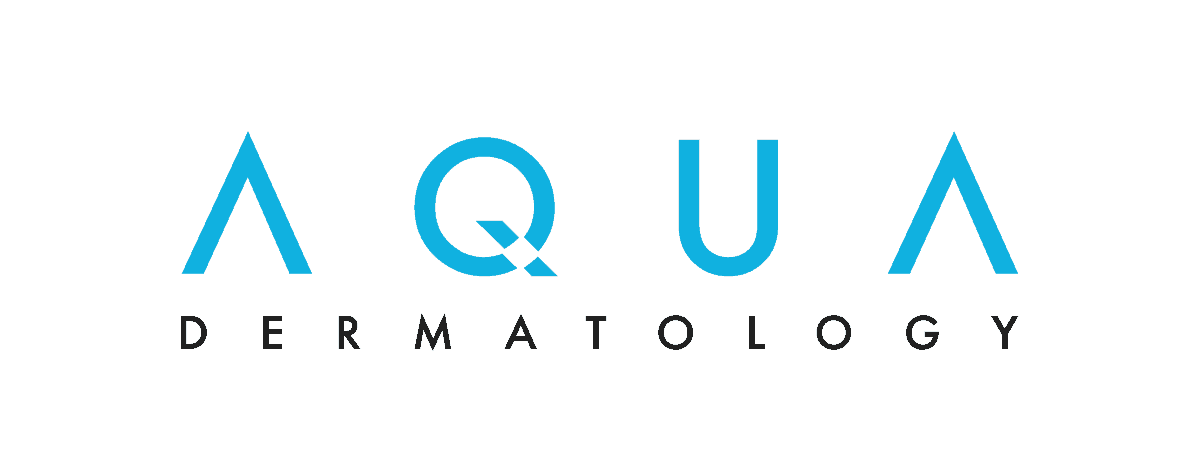Sun Safety
Awareness
Call (877) 900-3223
Sun Safety Awareness
The sun produces both visible and invisible rays. The invisible rays, known as ultraviolet A (UVA) and ultraviolet B (UVB), cause most of the problems, including suntan, sunburn and sun damage. There is no safe ultraviolet (UV) light, and there is no such thing as a “safe” tan.
How to Protect Yourself from Sun Exposure
Sun exposure is the most preventable risk factor for all skin cancers, including sunscreen with an SPF of 30 or more to all exposed skin. Broad-spectrum provides protection from both ultraviolet A (UVA) and ultraviolet B (UVB) rays.
- Reapply sunscreen approximately every two hours, even on cloudy days, and after swimming or sweating. Wear protective clothing, such as a long-sleeved shirt, pants, a wide-brimmed hat and sunglasses.
- Seek shade when appropriate. Remember, the sun’s rays are strongest between 10am and 4pm. If your shadow appears to be shorter than you are, seek shade.
- Protect children from sun exposure. Play in the shade, use protective clothing and apply sunscreen.
- Use extra caution near water, snow and sand because they reflect and intensify the damaging rays of the sun, which can increase chances of sunburn.
- Get vitamin D safely through a healthy diet that may include vitamin supplements.
Find the Water’s Edge location nearest you and call today.
[1] American Cancer Society. 2016 Cancer Facts and Figures.
[2] Robinson, JK. Sun Exposure, Sun Protection and Vitamin D. JAMA 2005; 294:1541-1543.
[2] Robinson, JK. Sun Exposure, Sun Protection and Vitamin D. JAMA 2005; 294:1541-1543.





